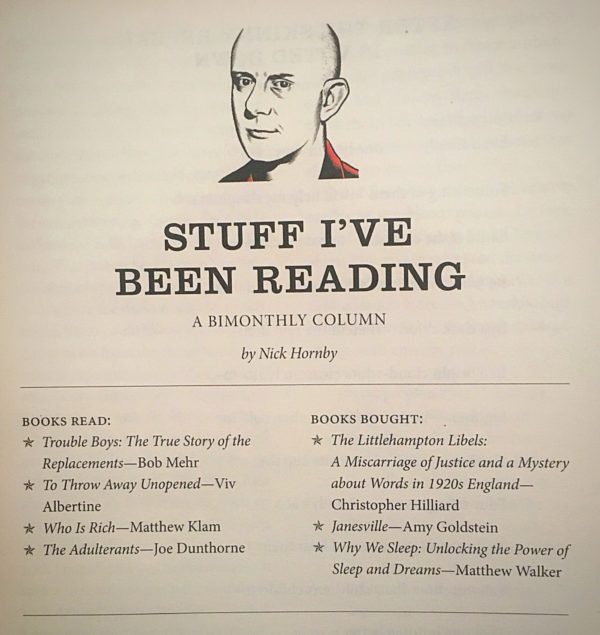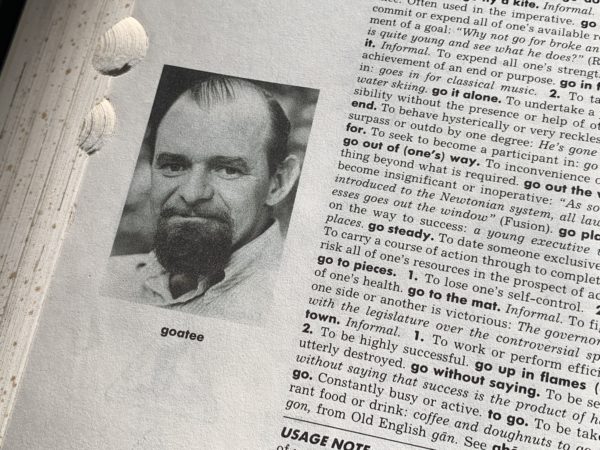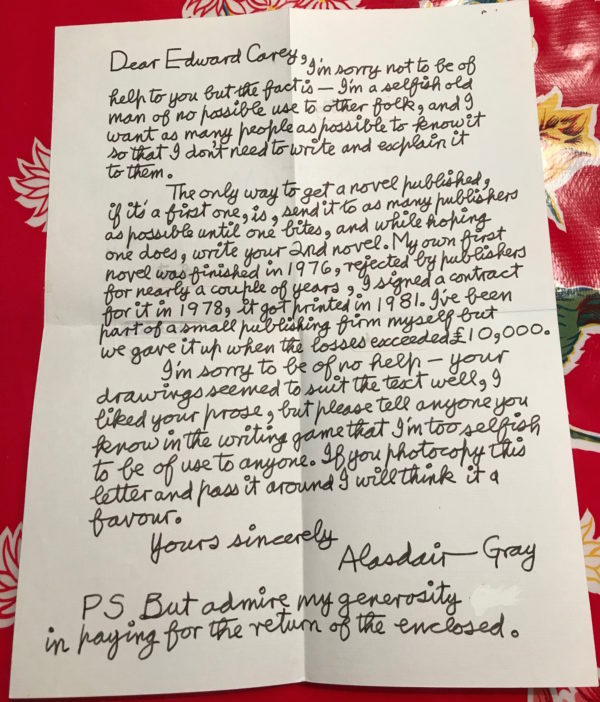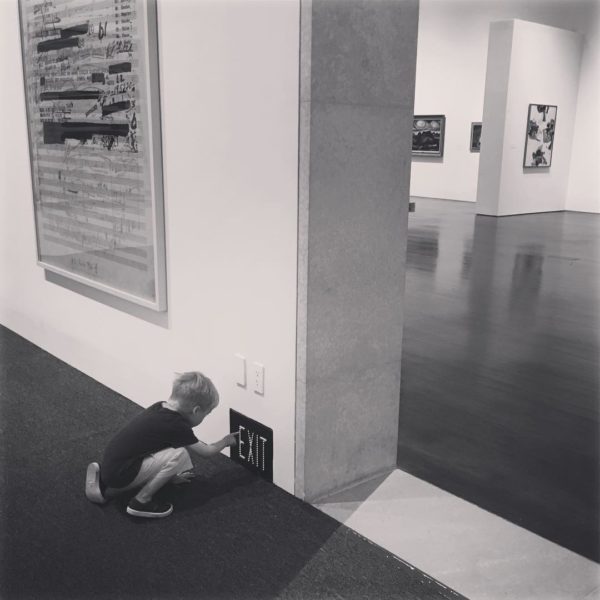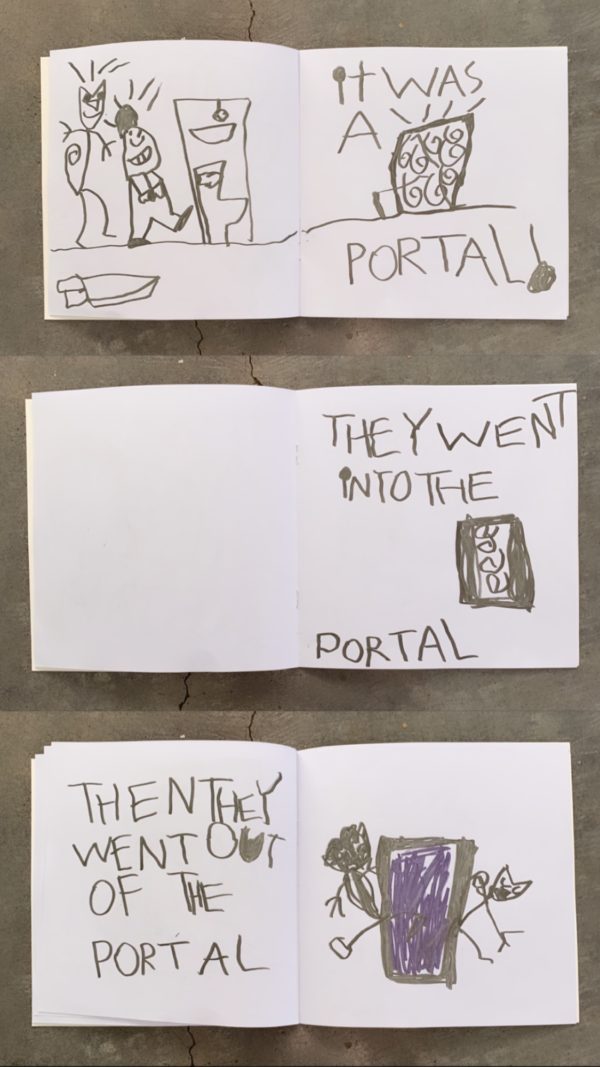
I’ve been thinking lately about how only sharing the books you’ve finished or the books you recommend is not the full picture of your reading life.
There’s the reading you actually get done, and then there’s the reading you want to do. The books you check out of the library. The books you buy that pile into stacks on your nightstand.
The books you threw across the room!
I always enjoyed how Nick Hornby listed BOOKS READ and BOOKS BOUGHT in his “Stuff I’ve Been Reading” column for The Believer.
(One thing I think Kate Bingaman-Burt’s Daily Drawings do so well is show how purchases can add up to a picture of a person.)
Because there are so many more books I want to point to other than the ones I myself have read, I’m thinking about whether I can steal this read/bought format for the newsletter…
